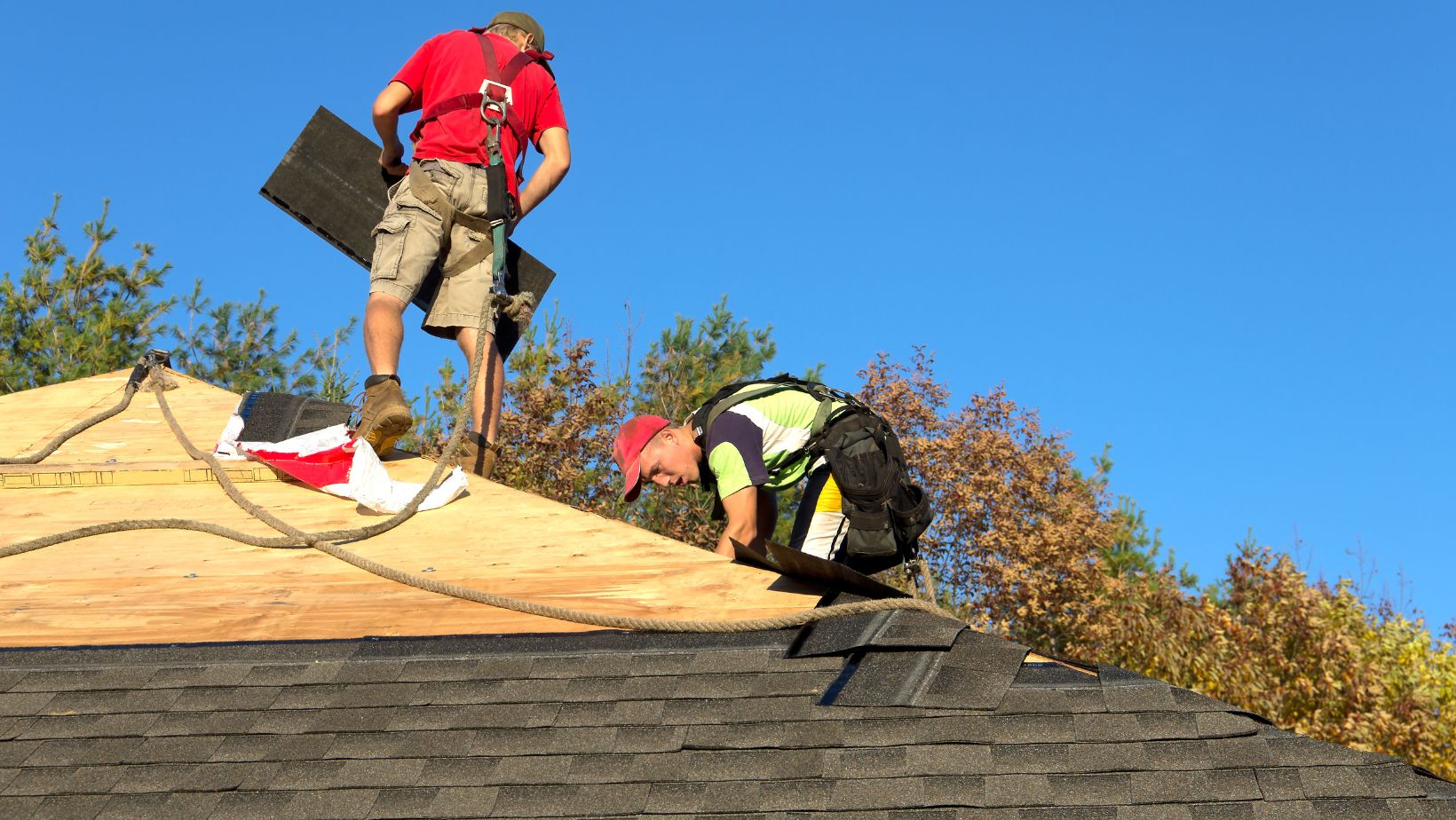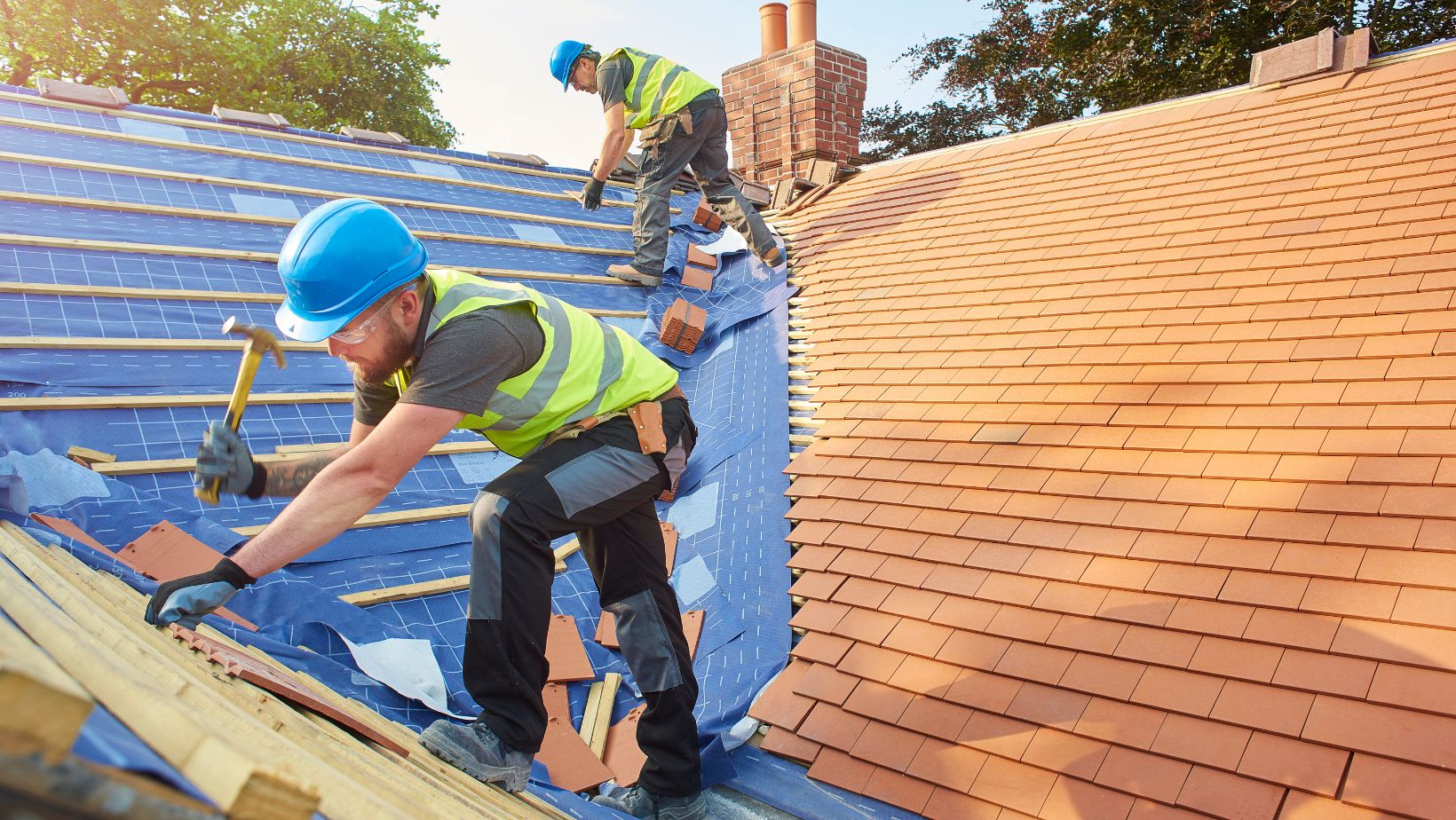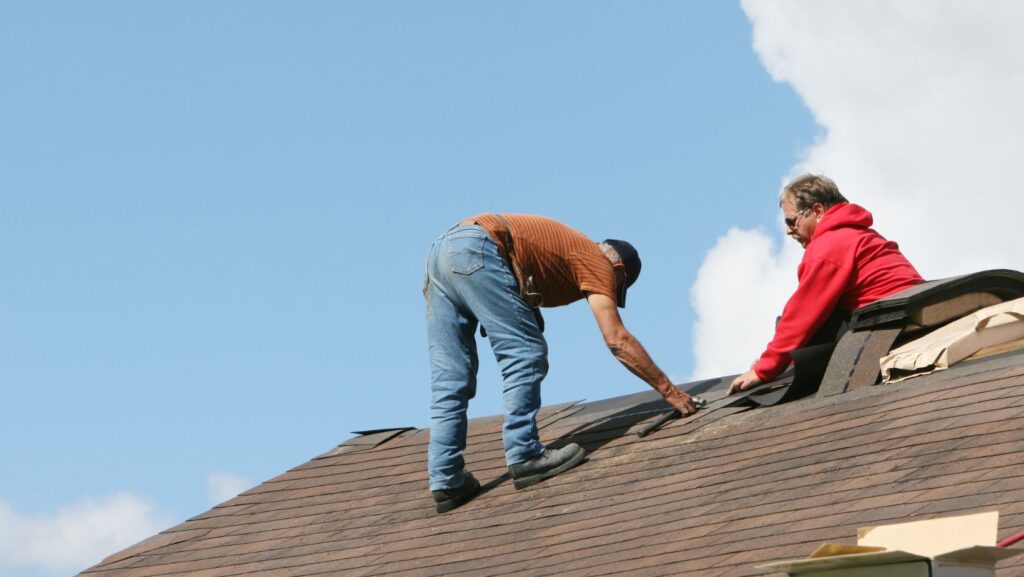When a roof shows signs of wear or starts leaking, the problem often goes beyond what’s immediately visible. Hidden structural damage can remain undetected beneath the surface until it becomes severe enough to compromise safety or lead to costly repairs. Professional roof inspections aim to uncover these underlying issues early so proper repairs or replacements can be done before damage spreads. Identifying hidden problems requires a detailed surface assessment and a deeper investigation into the integrity of the underlying materials and support structures. This process is key to preserving a roof’s function and longevity.
Contents
Table of Contents
ToggleKey signs that signal problems below the roofline
Moisture Intrusion and the Weakening of Roof Decking
One of the first things roofers check when looking beneath the surface is the condition of the roof decking—the layer between the outer roofing material and the structural rafters. Moisture intrusion is a major red flag, as water can seep past shingles or tiles and silently rot the wood beneath. Soft or spongy areas underfoot during a walk-through often indicate water damage that has compromised the decking’s strength. Even minor leaks, when ignored over time, can cause delamination or mold growth that weakens structural components. Roofers examine attic spaces, looking for staining, rusted nails, and sagging sheathing, which often signal long-term exposure to moisture. Companies like At Your Service Roofing are known to combine surface inspections with infrared scanning or moisture meters to detect damp spots that aren’t yet visible. By identifying moisture-damaged sections early, roofers can replace only the compromised panels rather than the entire deck, making the repair process more efficient and targeted.
Checking for Rot and Insect Damage in Structural Rafters
Beyond the roof decking, structural elements such as rafters and trusses are also at risk of hidden damage. These components carry the weight of the roof and distribute it across the walls of the building so that any compromise can affect the entire structure’s integrity. Roofers inspect for signs of rot, such as darkened wood, crumbling fibers, or musty odors, and determine whether the problem is localized or widespread. They may also check for boreholes, sawdust-like residue, or hollow-sounding wood, which could indicate insect activity from termites or carpenter ants.

These pests often go unnoticed until major damage has been done. The attic space becomes critical during such inspections, showing how the roof’s skeleton is holding up under stress. Roofers will sometimes use small probes or screwdrivers to test the density of the wood in key areas, especially around joints or near roof valleys where water naturally collects. Preventing structural failure means intervening as soon as these early signs are detected.
Detecting Undermined Flashing and Hidden Leak Paths
Flashing refers to the thin metal pieces that seal joints and transitions on a roof, such as around chimneys, skylights, vents, and valleys. While flashing is meant to direct water away from these vulnerable points, it often becomes a hidden source of structural damage when it fails. Roofers carefully inspect flashing for cracks, corrosion, and loose edges, knowing that even a minor shift can open a path for water to seep underneath. Since water intrusion may not follow a straight path, signs of hidden damage can appear far from the initial leak point. Stains on ceilings or interior walls often point to a flashing failure that has silently compromised layers of roofing material below. Roofers may peel back sections of shingles or tiles to inspect the underlayment and determine if rot or mold has formed. When flashing goes unchecked, it can quickly turn a localized issue into one affecting the roof’s framing and insulation.
Evaluating the Impact of Previous Repairs and Patches
Not all damage comes from nature. Sometimes, hidden issues stem from past repairs that weren’t completed correctly or temporary patches that masked more significant problems. Roofers examine areas where patching materials or mismatched shingles appear, checking to see if underlying damage was ever addressed. Temporary sealants or improperly installed tar paper can trap moisture instead of diverting it, leading to warped wood or mildew buildup beneath the surface. Evidence of past modifications—like added skylights or vent cutouts—is reviewed to confirm they were correctly integrated with the rest of the roof system. If the framing was altered during a renovation or if additional load was added without reinforcement, the structural balance of the roof might be at risk. Careful inspection in these zones ensures that previous fixes haven’t created new vulnerabilities. Evaluating the quality and intent of past repairs allows roofers to identify not just what’s wrong, but how and why it occurred in the first place.
Observing Roof Line Irregularities and Structural Shifting
Sometimes, the clues to hidden structural damage appear not beneath the shingles, but in the shape and flow of the roof itself. A sagging ridge line, uneven slopes, or dips in the surface can indicate that the internal support system is beginning to shift or fail. Roofers view the building from multiple angles, looking for changes that suggest settlement, joint separation, or load-bearing stress. When the geometry of a roof has changed noticeably, it often points to deeper structural concerns that go beyond aesthetics. They may use laser levels or string lines to track misalignment and determine whether the changes are progressive or historic. Weather events like snow accumulation or high winds may have slowly distorted the frame. Detecting these shifts early allows roofers to brace or rebuild affected sections before they lead to larger collapses. These subtle visual cues often provide the only early warning of major problems hidden deep within the roofing system.

Uncovering hidden structural damage beneath a roof’s surface requires more than a glance at shingles or gutters—it demands a methodical process that explores every layer of the system. Each component must be evaluated for signs of stress, decay, and poor workmanship, from roof decking and rafters to flashing and previous repairs. Roofers use a combination of visual inspections, physical testing, and sometimes modern tools to assess the true condition beneath what’s immediately visible. By addressing these issues before they escalate, homeowners protect their investment and ensure the safety of everyone beneath the roof. Structural integrity may be hidden from plain view, but with the proper attention, it never goes unnoticed.

